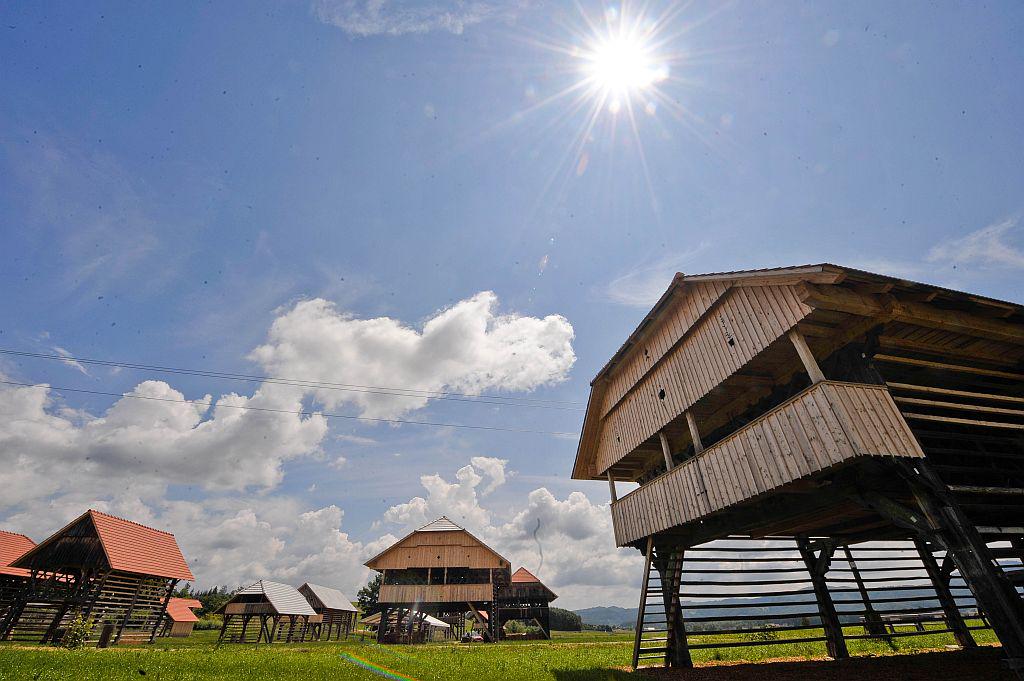
Even though the Slovenian language is one of the smallest Slavic languages, it’s one of the most diverse in terms of dialects. This exceptional variety in such a geographically limited area means that speech patterns sometimes differ from village to village. It also means that Slovenian speakers often have trouble understanding dialects from another part of the country.
Even linguists don’t agree precisely how many dialects of Slovenian there are. Most believe that there are close to 50. Whatever the exact number, the dialects are typically classified into eight regional groups – and the differences between each group are substantial.
There are dialects that have no neuter gender, dialects that use masculine forms for females, dialects that have some characteristics typical of Croatian, dialects that have features of the West Slavic languages, a dialect that still uses the Old Slavic aorist tense, dialects that pronounce the letter G as H, dialects that transform all Ls into Us or Ws, dialects that sound almost Italian, dialects influenced by Hungarian, and so on.
In part, this hodgepodge of dialects is a result of Slovenia’s mountainous terrain, which had long hindered communication between various towns and regions. It also reflects the political fragmentation of the Slovenian lands throughout history; Slovenian speakers were split among several Hapsburg crown provinces, and unique forms of the colloquial language emerged in each of them.
In fact, when Primož Trubar consolidated the Slovenian language in the 16th century, he borrowed elements from various Slovenian dialects, and combined those elements with his native Lower Carniolan dialect, to create the first form of the written Slovenian language.
Today, standard Slovenian, the descendant of Trubar’s creation, serves as a lingua franca of sorts for people from different parts of the country. If it weren’t for the standard, the diversity of dialects would often make communication difficult. When some of the more obscure dialects are aired on Slovenian television, only subtitling ensures that other Slovenians understand them.


































































